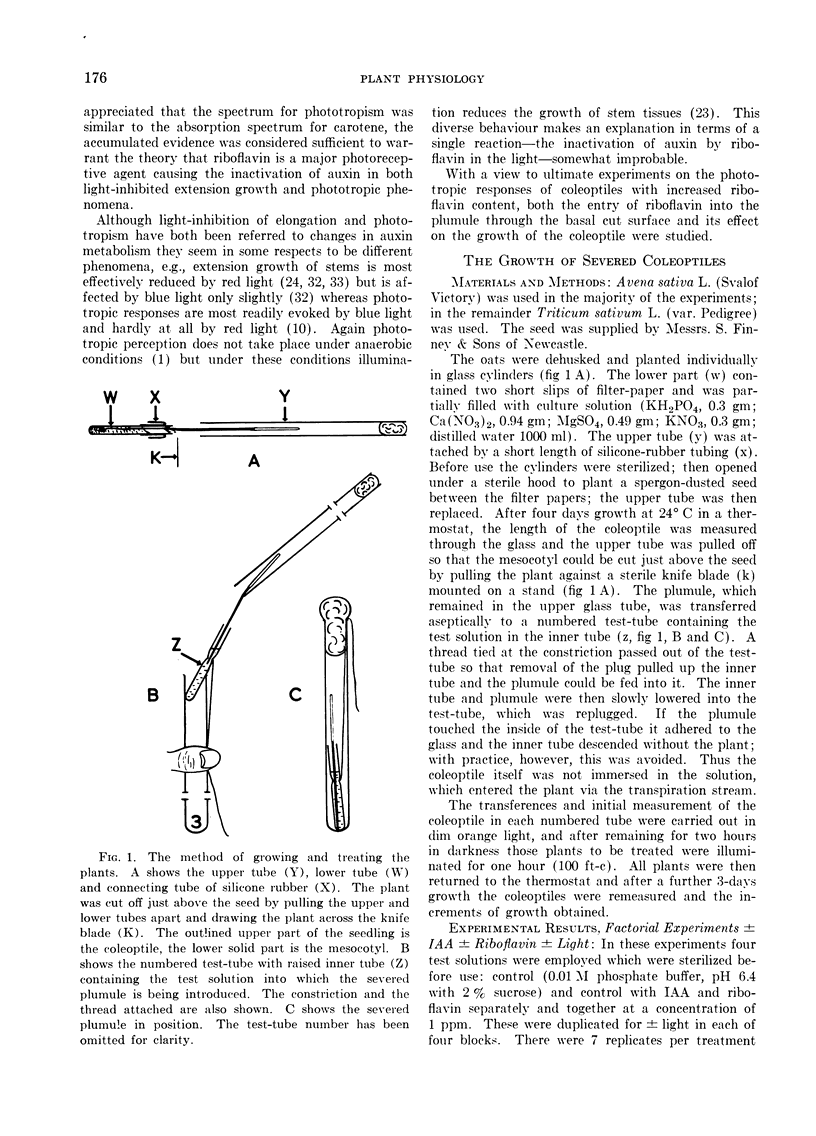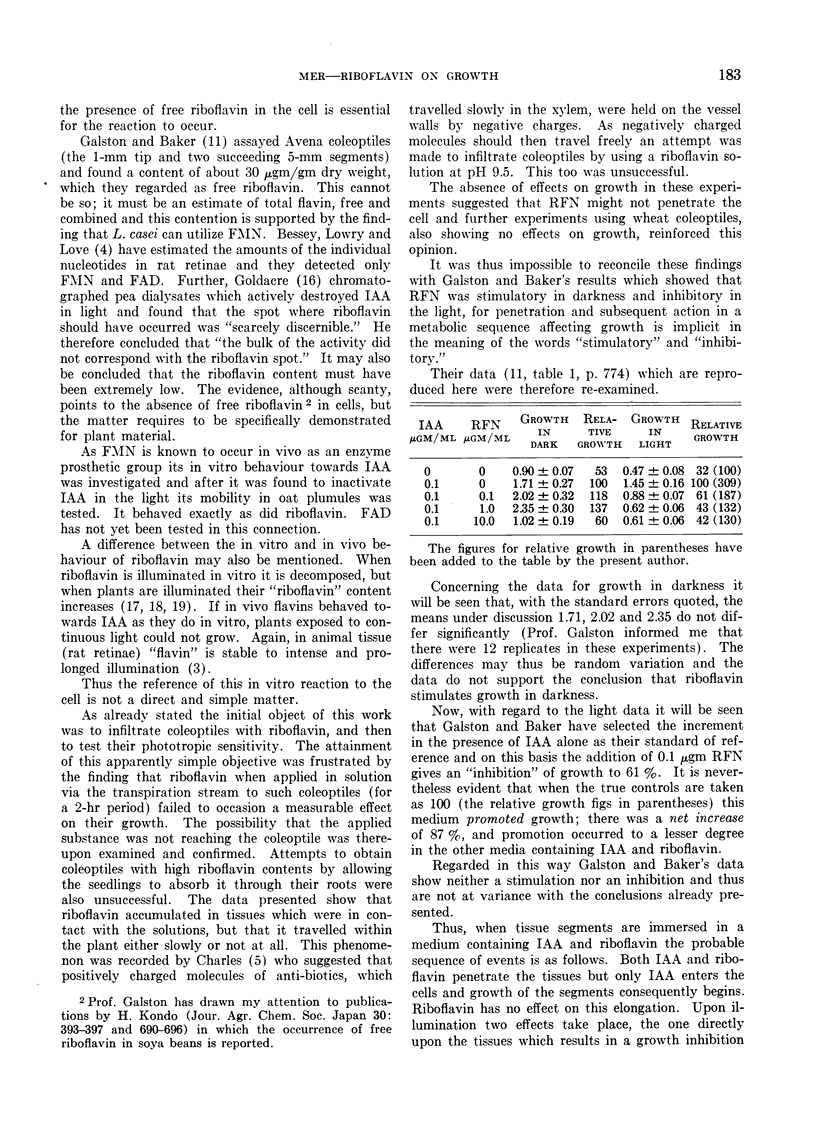Full text
PDF










Selected References
These references are in PubMed. This may not be the complete list of references from this article.
- CHARLES A. Uptake of dyes into cut leaves. Nature. 1953 Mar 7;171(4349):435–436. doi: 10.1038/171435b0. [DOI] [PubMed] [Google Scholar]
- FERRI M. G. Fluorescence and photoinactivation of indoleacetic acid. Arch Biochem Biophys. 1951 Mar;31(1):127–131. doi: 10.1016/0003-9861(51)90191-9. [DOI] [PubMed] [Google Scholar]
- GALSTON A. W., BONNER J., BAKER R. S. Flavoprotein and peroxidase as components of the indoleacetic acid oxidase system of peas. Arch Biochem Biophys. 1953 Feb;42(2):456–470. doi: 10.1016/0003-9861(53)90373-7. [DOI] [PubMed] [Google Scholar]
- GOLDACRE P. L. The photochemical inactivation of indoleacetic acid sensitized by non-protein components of plant tissues. Aust J Biol Sci. 1954 Aug;7(3):225–250. doi: 10.1071/bi9540225. [DOI] [PubMed] [Google Scholar]
- GUSTAFSON F. G. Synthesis of B vitamins by excised parts of white lupine seedlings grown in sterile culture. Arch Biochem Biophys. 1954 Sep;52(1):190–196. doi: 10.1016/0003-9861(54)90102-2. [DOI] [PubMed] [Google Scholar]
- Galston A. W. Riboflavin-Sensitized Photoöxidation of Indoleacetic Acid and Related Compounds. Proc Natl Acad Sci U S A. 1949 Jan;35(1):10–17. [PMC free article] [PubMed] [Google Scholar]
- Gustafson F. G. INFLUENCE OF LIGHT INTENSITY UPON THE CONCENTRATION OF THIAMIN AND RIBOFLAVIN IN PLANTS. Plant Physiol. 1948 Jul;23(3):373–378. doi: 10.1104/pp.23.3.373. [DOI] [PMC free article] [PubMed] [Google Scholar]
- KENTEN R. H. The oxidation of indolyl-3-acetic acid by waxpod bean root sap and peroxidase systems. Biochem J. 1955 Jan;59(1):110–121. doi: 10.1042/bj0590110. [DOI] [PMC free article] [PubMed] [Google Scholar]


